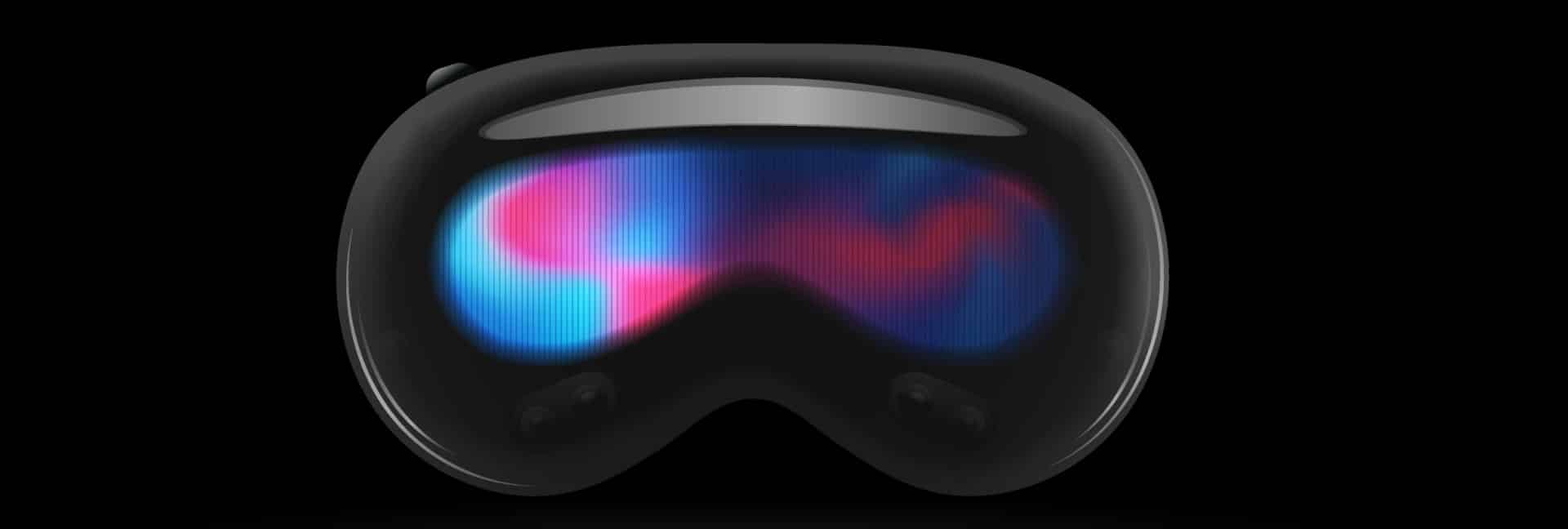If you haven’t heard, Oculus has pulled the plug on the Go. It’s the most affordable standalone VR headset. This might come as quite a surprise, because by all accounts it was doing pretty well. Facebook is certainly not running short of money. Oculus Go was part of their big plans for VR and social media. It was one of the main reasons Facebook spent a record-breaking amount of money to buy the company. If you were planning on buying an Oculus Go, I strongly recommend you change those plans. If you’ve recently bought one, it’s worth checking if you can return it for a refund. If you’ve owned it for a while, we’ll talk about whether you can still get some life out of it a little later in this article. First, let’s talk about why this is happening.
Why Is The Oculus Go Dead?
The Oculus go is dead, quite simply, because it’s a three degrees of freedom (3DoF) headset. That might seem like an oversimplification, but that’s the long and short of it. 3DoF has been the hallmark of low-end VR ever since the Google Cardboard was invented. VR technology has moved forward so quickly, that 3DoF headsets are essentially obsolete.
Unfortunately, this is not something that Oculus can fix with a software update. It’s a fundamental limit of technology. The Oculus Go simply does not have the components needed to provide what’s quickly becoming the new minimum standard in VR.
Since VR developers would much rather create apps that will have some longevity, the writing is on the wall.
What Are 3DoF Headsets?
3DoF headsets can track head motion around a single point in a sphere. In other words, you can look left and right, up and down and tilt your head sideways. What you can’t do is lean in or out, move your head in a straight line left or right or vertically. Which is what 6DoF offers in more advanced headsets.
A 6DoF headset can precisely position your head in 3D space and track in direction of movement within that space. 3DoF is OK for VR experience where you sit still and can’t really do much but look around. Think of being strapped into a roller coaster or sitting in a virtual movies theater. However, truly immersive and interactive VR experiences require 6DoF. 6DoF is also a pretty sure bet, since there are only six degrees of freedom in 3D space. Other aspects of VR technology may advance, but this improvement is fundamental.
Should I Throw My Oculus Go Away?
If you’re stuck with an Oculus Go, there are still plenty of great uses for it. Oculus is also not going to revoke access to the apps you’ve already paid for. What you can expect is that further device updates, apart from bugs and security , aren’t going to happen. App developers probably won’t do much updating either. Except perhaps where apps are still cross-compatible with other Oculus headsets.
The Oculus go still has plenty of apps that offer a great experience within its limitations. Apps that let you enjoy virtual movie theater setups are awesome. Virtual Desktop is still a killer app as well.
If you’re still enjoying your Go, there’s no reason to get rid of it. If you want to upgrade to something better, well you can still keep your Go tucked away in your bag. There’s still nothing quite as compact or portable in the VR world. In short, your Go still does exactly what it did before the announcement. Unless you’ve exhausted the software library completely and are bored of it, there’s still plenty of reasons to keep enjoying your purchase.
Smartphone VR Is Also A Goner
The Go isn’t the only casualty of the 3DoF culling. Smartphone VR is effectively dead. While there are still plenty of low-rent VR apps on Android you can use with a Google Cardboard or equivalent, premium solution such as the Gear VR are dead and gone. New phones don’t work with them. Likewise, Google’s Daydream VR has also been discontinued. So if you were hoping to have something of a similar quality as the Go, but with active development and a future roadmap. That’s basically not an option. We’re witnessing a fundamental market shift that’s just not avoidable.
What’s The Alternative?
Right now, we would strongly recommend Oculus’ Quest standalone headset. It’s an excellent piece of kit in its own right, but it’s real killer feature is the ability to act as an Oculus Rift. Simply by connecting it to a VR-certified computer via USB. We tested this so-called Oculus Link feature not too long ago and came away impressed.
Yes, the Quest is quite a bit more expensive than the Go. In fact, you’ll have to fork out about twice as much. However, that’s still much cheaper than buying, for example, a Rift and a VR-capable computer. The Quest is a full standalone device with some pretty powerful internal hardware. It has full room scale tracking and doesn’t need an external camera. Although it’s more bulky than the Go, the Quest is fully portable. You also get two high-end motion trackers to complete the picture.
What’s compelling about the Quest is that you can get it now, enjoy it’s native titles and then invest in a VR-capable computer later. Computer hardware prices have come down so much, that even mid-range gaming computers and laptops are VR-ready. So you may not have to wait long if you don’t already have one.
Should Quest Users Be Worried?
While there are plenty of rumours of an Oculus Quest 2 going around, no one should worry about support for the original quest falling away as suddenly as the Go. Even if a Go 2 appears now, it will be more of an evolution than a revolution. Smaller size, better screens, more powerful GPU and so on. However, the fundamentals of premium VR are there thanks to the tracking, 6DoF and controller setup. The worst that you’d have to deal with is slightly cut down versions of apps made for the successor.
Likewise, as a PC VR headset the Quest is going to be relevant for years. For at least as long as the current Rift S, the flagship headset Oculus is selling with gusto. So unless the details and release date of the Quest 2 become much firmer, we recommend you put your Oculus Go funds in a piggy bank and keep saving for the Quest.
Could There Be a Go 2?
The death of the Oculus Go leaves a definite gap in the market at that price point. Could there be some sort of Oculus Go 2 in the company’s future?
I don’t think that’s an idea that should be dismissed out of hand. As I said earlier, technology moves quickly. It’s not outlandish to think that Oculus could come up with a 6DoF headset that’s as compact as the current Go and would sell for a similar price.
As mobile technology advances, it’s not unthinkable that something which is essentially an Oculus Quest squeezed into the shape and size of a Go is possible. The quest uses the same system on a chip as the Samsung Galaxy S8. A flagship phone from three years ago. There are now mid-range chipsets that pretty much match or beat it, but don’t cost as much.
Similarly, you could get away with much cheaper LCD panels, compared to the Quest’s OLEDs. Cuts could be made on every level until you had a small, inexpensive 6DoF headset to fill the tiny shoes left by the passing of the Oculus Go.
I’d suspect that if Oculus were indeed working on something like that, we won’t have to wait long for an announcement following the demise of the GO, but that’s just wishful thinking on my part.
Early Adopter Casualties
For a lot of people, the sudden removal of support for the Go may be their first time feeling the bite of being an early adopter. It’s happened a lot in the modern VR industry, but no part of the technology world is exempt. Just ask people who bought BetaMax or HD-DVD systems! It takes some time for minimum standards to settle and now that 3DoF is well and truly dead, we can expect an extended period of calm ahead. Have you been burned by the Oculus Go being discontinued? Let us know in the comments below!







